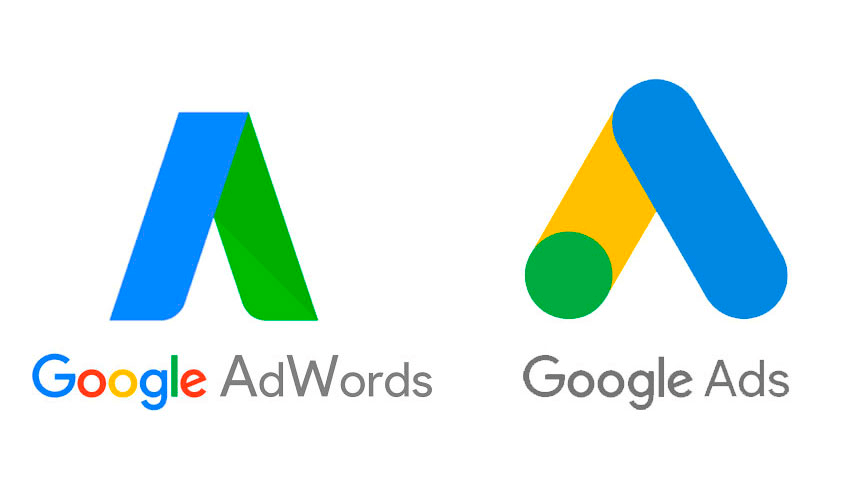Introduction:
In the fast-paced digital landscape, website speed is a critical factor that can make or break the user experience. Visitors expect websites to load quickly, and search engines prioritize fast-loading Pagespeed Ladezeit Webseite optimieren verbessern in their rankings. One powerful tool to assess and enhance website speed is Google’s PageSpeed Insights. In this comprehensive guide, we will delve into the intricacies of PageSpeed Insights and explore effective strategies to optimize your website’s performance.
Understanding PageSpeed Insights:
PageSpeed Insights is a web performance analysis tool developed by Google. It provides a detailed report on a website’s performance, highlighting areas that need improvement and suggesting optimizations. The tool assigns a score based on various performance metrics, such as First Contentful Paint (FCP), Largest Contentful Paint (LCP), and Cumulative Layout Shift (CLS).
Key Performance Metrics:
- First Contentful Paint (FCP):
FCP measures the time it takes for the browser to render the first piece of content on the page. Optimizing FCP involves reducing server response times, leveraging browser caching, and prioritizing critical rendering paths. - Largest Contentful Paint (LCP):
LCP focuses on the loading time of the largest content element on the page. To improve LCP, optimize images and other media files, use efficient coding practices, and consider lazy loading for non-essential content. - Cumulative Layout Shift (CLS):
CLS measures the visual stability of a page by assessing the extent of unexpected layout shifts during loading. Minimizing CLS involves setting dimensions for images and other media, avoiding ad injections that can alter page layout, and using proper CSS to ensure stability.
Optimization Strategies:
- Image Optimization:
Compress and resize images to reduce their file sizes without compromising quality. Consider using responsive images and the “srcset” attribute to deliver appropriately sized images based on the user’s device. - Minimize HTTP Requests:
Reduce the number of elements on a page that require separate HTTP requests. Combine CSS and JavaScript files, and utilize CSS sprites to merge multiple images into a single file. - Browser Caching:
Leverage browser caching to store static resources locally, allowing returning visitors to load pages more quickly. Set appropriate expiration dates for cached content to ensure users receive the latest updates. - Prioritize Critical Rendering Path:
Optimize the critical rendering path by prioritizing the loading of essential resources. Inline critical CSS and defer non-essential JavaScript to enhance initial page rendering speed. - Server-Side Optimization:
Ensure your server responds quickly to requests. Use a content delivery network (CDN) to distribute resources across multiple servers geographically, reducing latency and improving loading times.
Conclusion:
PageSpeed Insights is a valuable tool for website owners and developers seeking to enhance user experience and boost search engine rankings. By understanding the key performance metrics and implementing effective optimization strategies, you can significantly improve your website’s speed and responsiveness. Regularly assess and refine your site based on PageSpeed Insights recommendations to stay ahead in the competitive online environment.

